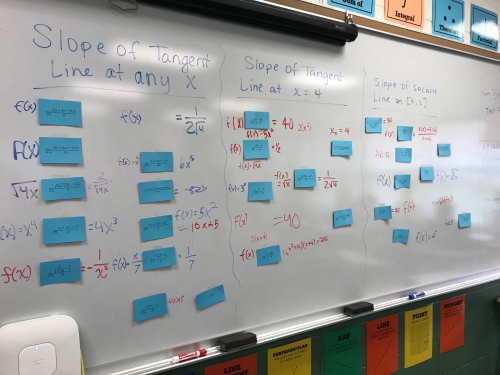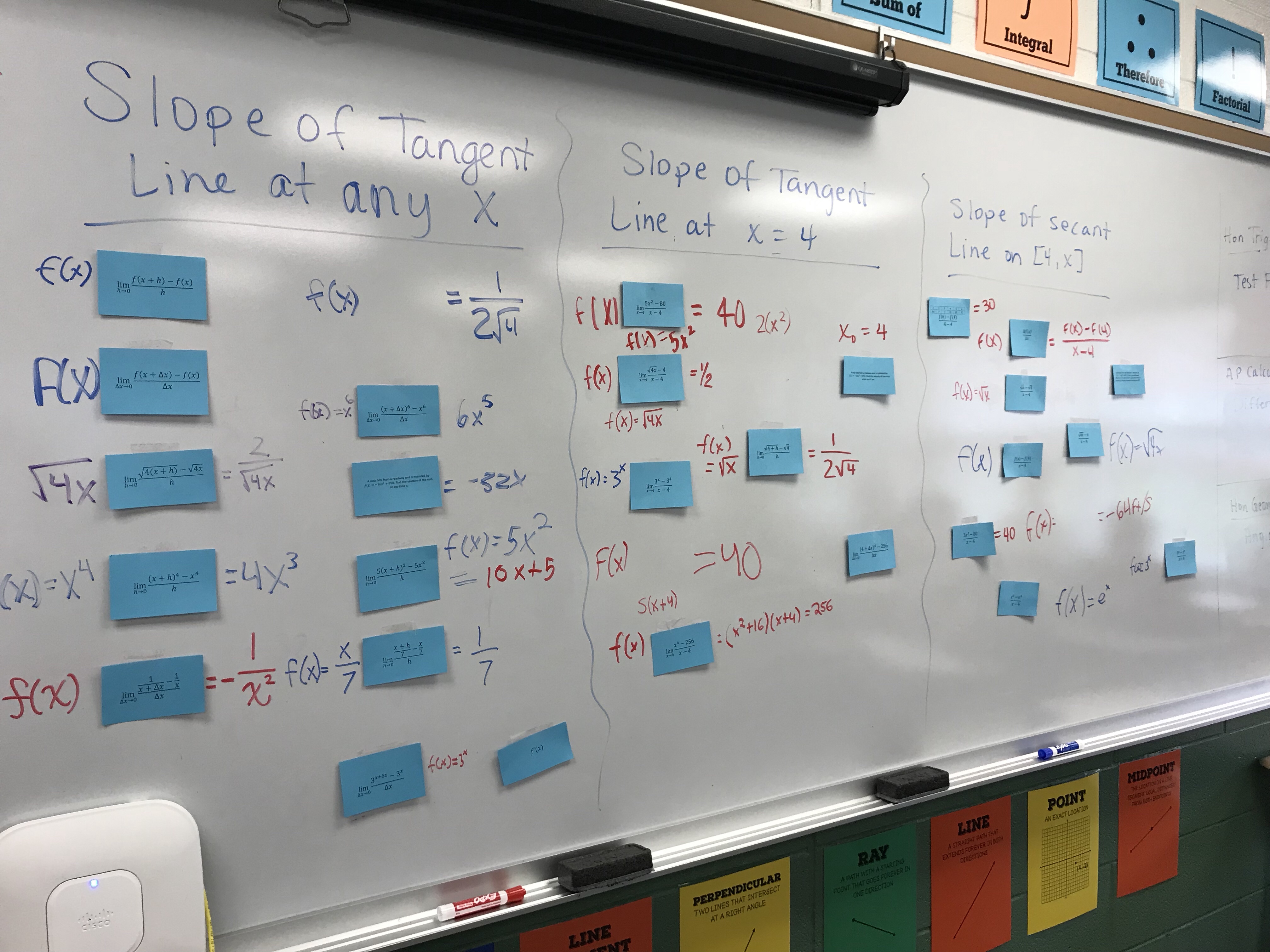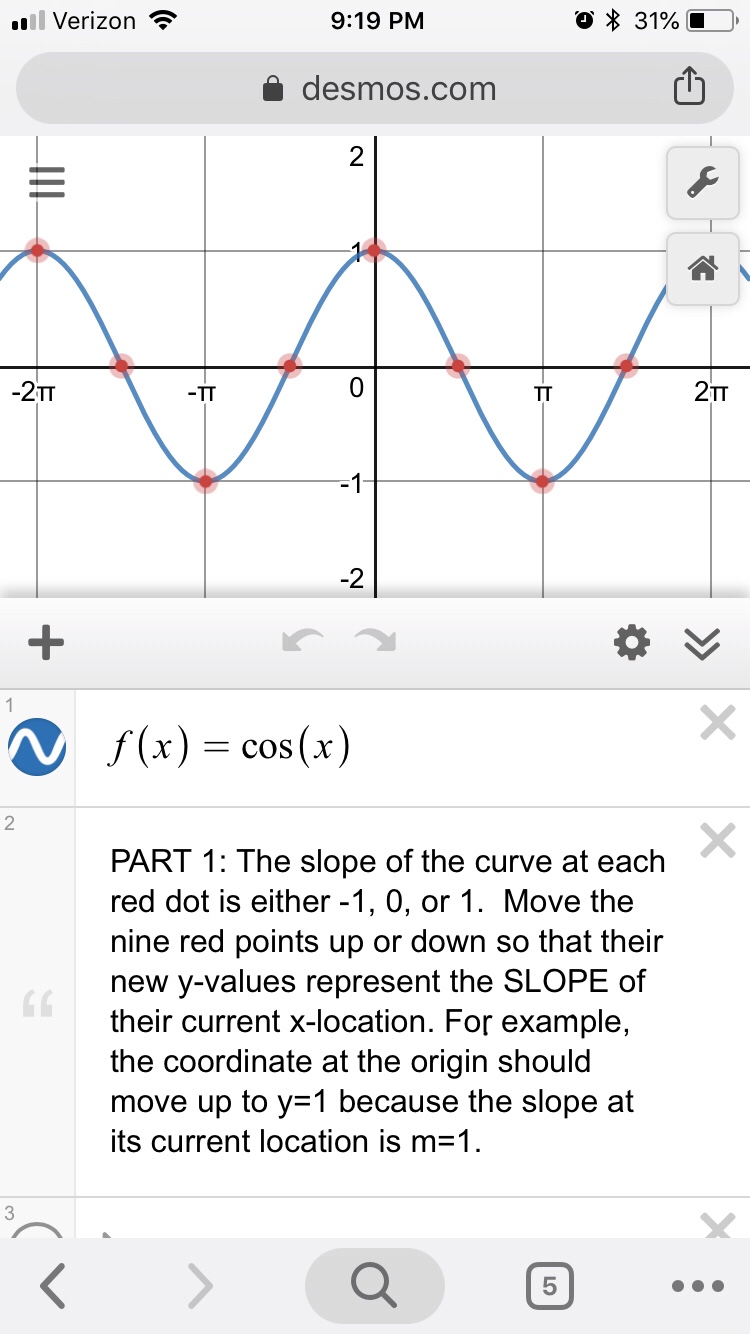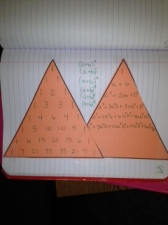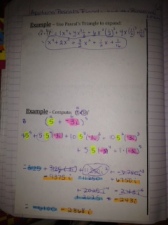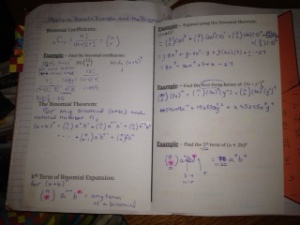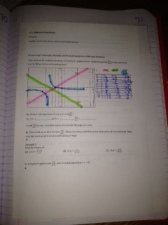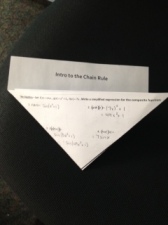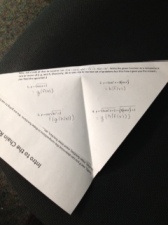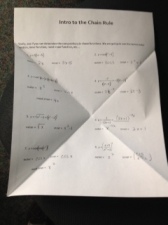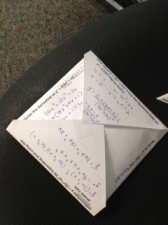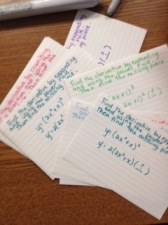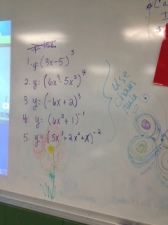I woke up this morning to my first mission in the Explore the Mathtwitterblogosphere Challenge! Then I read the first mission, and got a bit nervous. I couldn’t think of anything, off the top of my head, that would go along with either topic! Then again, it was 8:30 on a Sunday morning…I had to knock the cob webs out of my head. Then it hit me, Unit Circle Madness! My posting is in response to the topic:
What is one thing that happens in your classroom that makes it distinctly yours? It can be something you do that is unique in your
school… It can be something more amorphous… However you want to interpret the question! Whatever!
My “thing” is not something that happens each day, or each week…and now that I think about it, since I am not teaching honors trig this year for the first time in, well, forever, it might not even go on this year (or will I). But I digress. Unit Circle Madness first came about around the start of a March Madness, the NCAA basketball tournament. I love March Madness, I love trig and the unit circle, why not put them together?!
At the beginning of the week, I introduce students to the idea of the unit circle, we discuss how it’s related to the special triangles, which they already know about, and the trig ratios. We go through and fill out the entire unit circle, angles in degrees and radians, x and y coordinates. I then go through a few tips and tricks for remembering this diagram and all that is on it and tell them that they have to memorize this. There are very few things I think students have to memorize in my classes. The unit circle is one of them because of all the information it contains, its uses for the rest of the course, and the fact that these students will be in AP Calculus and the teachers in those classes expect the students to have knowledge of the unit circle. After going through the entire circle and discussion, I tell the students they need to be able to write it out, as fast as they can, angles, coordinates and all by Friday. I tell them we’ll be going through a bracket challenge, head-to-head competition for glory and prizes. They freak out, of course, wondering how they could be expected to know all of that. I tell them we’ll practice in class each day, but they should also practice on their own, at home, in other classes.
The day of the challenge finally arrives, ands it’s all very exciting for the kids. I post the pairings on the projector, and then I hand out a blank bracket. Much like the office pools some people do for fun (of course) I give the class a few minutes to complete their own brackets. I then collect them and whoever has the most points in the end of this will also earn a prize. Then students arrange the desks into head-to-head pairings (which I set up almost randomly) everyone gets a blank circle, and we’re off! The toughest part for me is getting around to each of the pairings to check. If a mistake is made, I just say no and they try to fix their circle. Whoever wins this round, moves onto the next. Everyone is nervous at first, and feverishly writes, the class is actually quiet for this round. Once all the pairings have a winner, we go back to the bracket and see who won. The students who don’t win now become the bracket checkers, and cheerleaders, and of course, they get a consolation prize (usually a piece of candy). Everyone has a favorite, because there is still the chance of winning the bracket challenge. The point possibilities increase based on each round, many points are still to be had! The next pairings get together, new circles are handed out, and it becomes a little more tense in the room. Some students cheer for their wanna-be champion, but the whole class somehow gets into this “mathletic” event. Usually there are 3 or 4 rounds before the championship round. The final round determines our winner. All eyes are on the final pairing (sometimes there are three because of the number of students in the class). They complete the circle for the 4th or 5th time that day, and a winner is awarded. Points are then tallied, and the bracket winner is also rewarded.
One year, the class somehow talked me into going up against the class winner. I don’t know why I said yes to that. I was so nervous…what would happen if I messed it up, and LOST?! I don’t think I’d live that down with that group. Thank goodness I ended up winning, by a matter of seconds! I had created a monster!
In my school, we are on block scheduling, and the students get new classes every semester. I also had to come up with a hook for the challenge in the fall, and luckily our Detroit Tigers have been in the playoffs for the past couple of years in October, so we use that as our hook…though I still treat it like the March Madness brackets. Even the students who are not into sports, learn a thing or two about current events and how some sports crown their champions.
It is a fun day, and what do you know, all of the students know the unit circle, and remember it through AP Calc! I’ve even gotten a few messages from students who were happy on the first day of college math when they were told to know the unit circle, and what do you know, they already knew it…making the first day a little easier for them.
Here is a link to a bracket I use from print your bracket! a website with all kinds of free bracket configurations : bracket
42.775696
-83.222355



